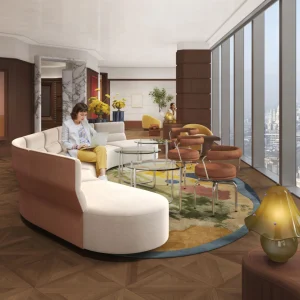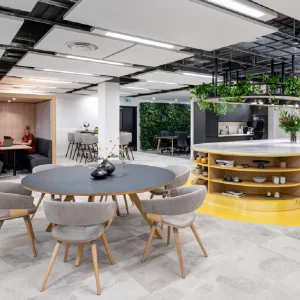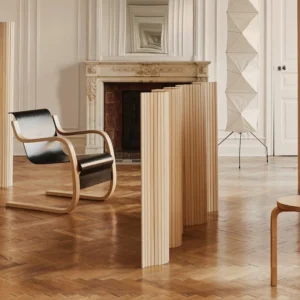The Thyagaraj Stadium features high performance glazing for thermal control to water conserving plumbing. Considered to be the most celebrated venue for the big event, the stadium has been built at a cost of $77 million. The 5,000-seat multidisciplinary games stadium spans an area of 2.55 hectares. This stadium features a competitor track for athletics, three tennis clay courts and two grass courts.
The Rugby Sevens venue, located in the Delhi University Campus, is designed as a 2,500-seat permanent stand. The stand forms the centrepiece of a 10,000-seat venue for the games.
Siri Fort Sports Complex is a combined badminton and squash stadium with seven badminton courts, one squash show court, athletes lounge, equipment area and a parking lot for 500 vehicles. Several squash practice courts will support a future club for the local community after the Commonwealth Games. The facility is a fully air-conditioned indoor stadium. The complex sits adjacent to the historic Siri Fort ruins. Peddle Thorp Architects has adopted an urban design concept for the complex that helps in creating functional landscaped space which emphasises public engagement.
The Yamuna Sports Complex, a fully air-conditioned indoor hall, is the official table tennis venue for the 2010 Delhi Commonwealth Games. It features a 5,000 seat capacity show court, 10 practice courts and a multipurpose hall. Main Stadium will be divisible in two halves by a retractable sound-proof and fire-proof curtain.
Peddle Thorp Architects is known for designing the Melbourne Sports and Aquatic Centre for the 2006 Commonwealth Games.





